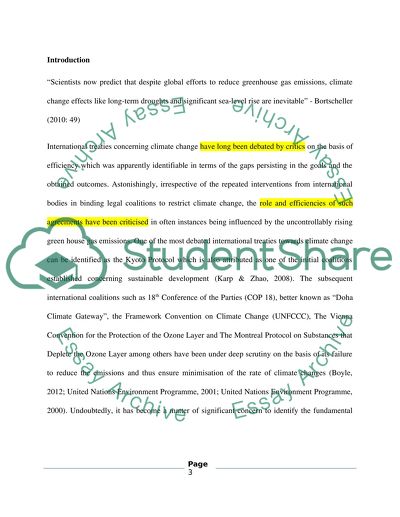Cite this document
(“From Kyoto to Doha, the international community has consistently Essay - 1”, n.d.)
From Kyoto to Doha, the international community has consistently Essay - 1. Retrieved from https://studentshare.org/environmental-studies/1618615-from-kyoto-to-doha-the-international-community-has-consistently-failed-to-reach-any-meaningful-agreement-on-reducing-global-greenhouse-gas-emissions-discuss
From Kyoto to Doha, the international community has consistently Essay - 1. Retrieved from https://studentshare.org/environmental-studies/1618615-from-kyoto-to-doha-the-international-community-has-consistently-failed-to-reach-any-meaningful-agreement-on-reducing-global-greenhouse-gas-emissions-discuss
(From Kyoto to Doha, the International Community Has Consistently Essay - 1)
From Kyoto to Doha, the International Community Has Consistently Essay - 1. https://studentshare.org/environmental-studies/1618615-from-kyoto-to-doha-the-international-community-has-consistently-failed-to-reach-any-meaningful-agreement-on-reducing-global-greenhouse-gas-emissions-discuss.
From Kyoto to Doha, the International Community Has Consistently Essay - 1. https://studentshare.org/environmental-studies/1618615-from-kyoto-to-doha-the-international-community-has-consistently-failed-to-reach-any-meaningful-agreement-on-reducing-global-greenhouse-gas-emissions-discuss.
“From Kyoto to Doha, the International Community Has Consistently Essay - 1”, n.d. https://studentshare.org/environmental-studies/1618615-from-kyoto-to-doha-the-international-community-has-consistently-failed-to-reach-any-meaningful-agreement-on-reducing-global-greenhouse-gas-emissions-discuss.


